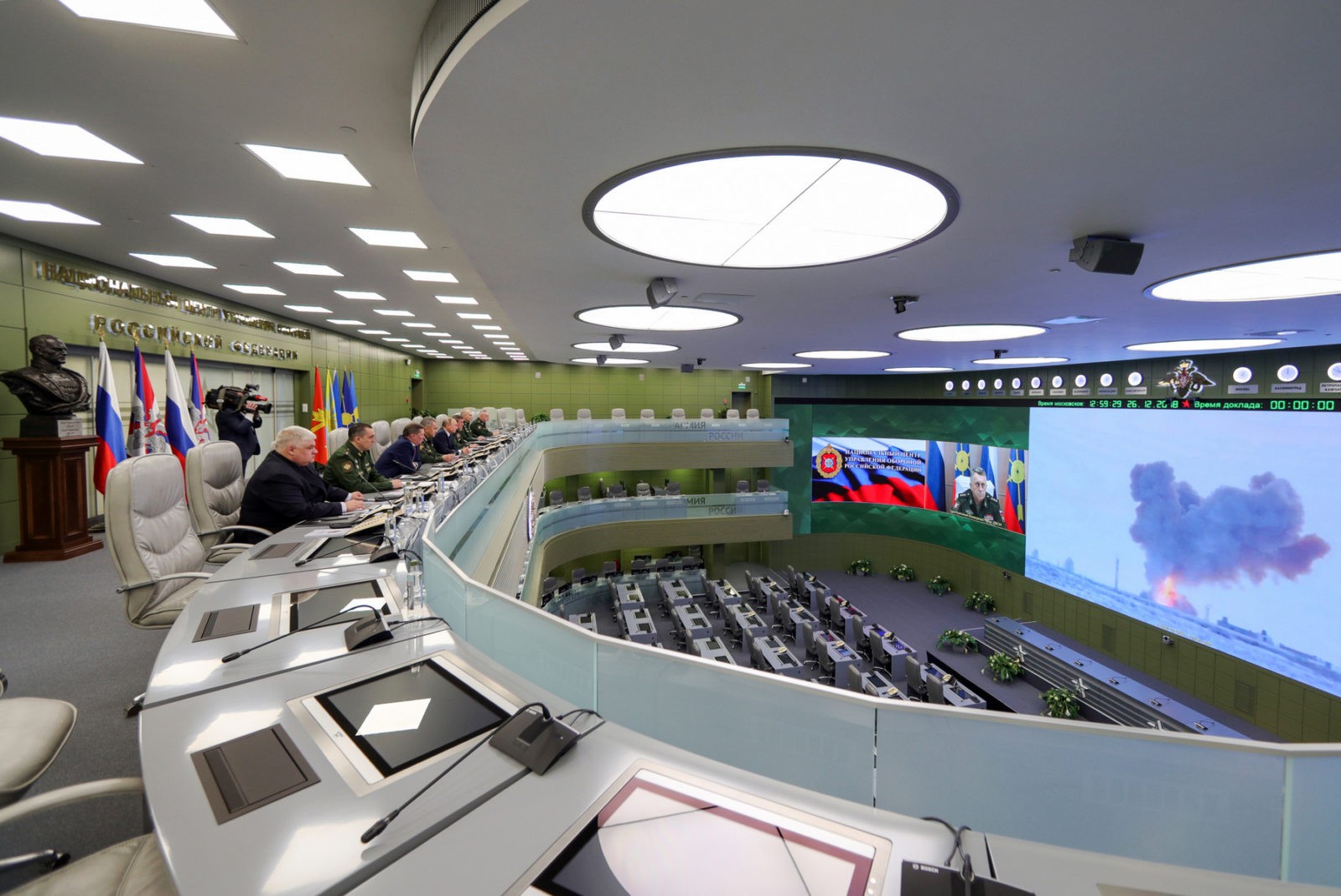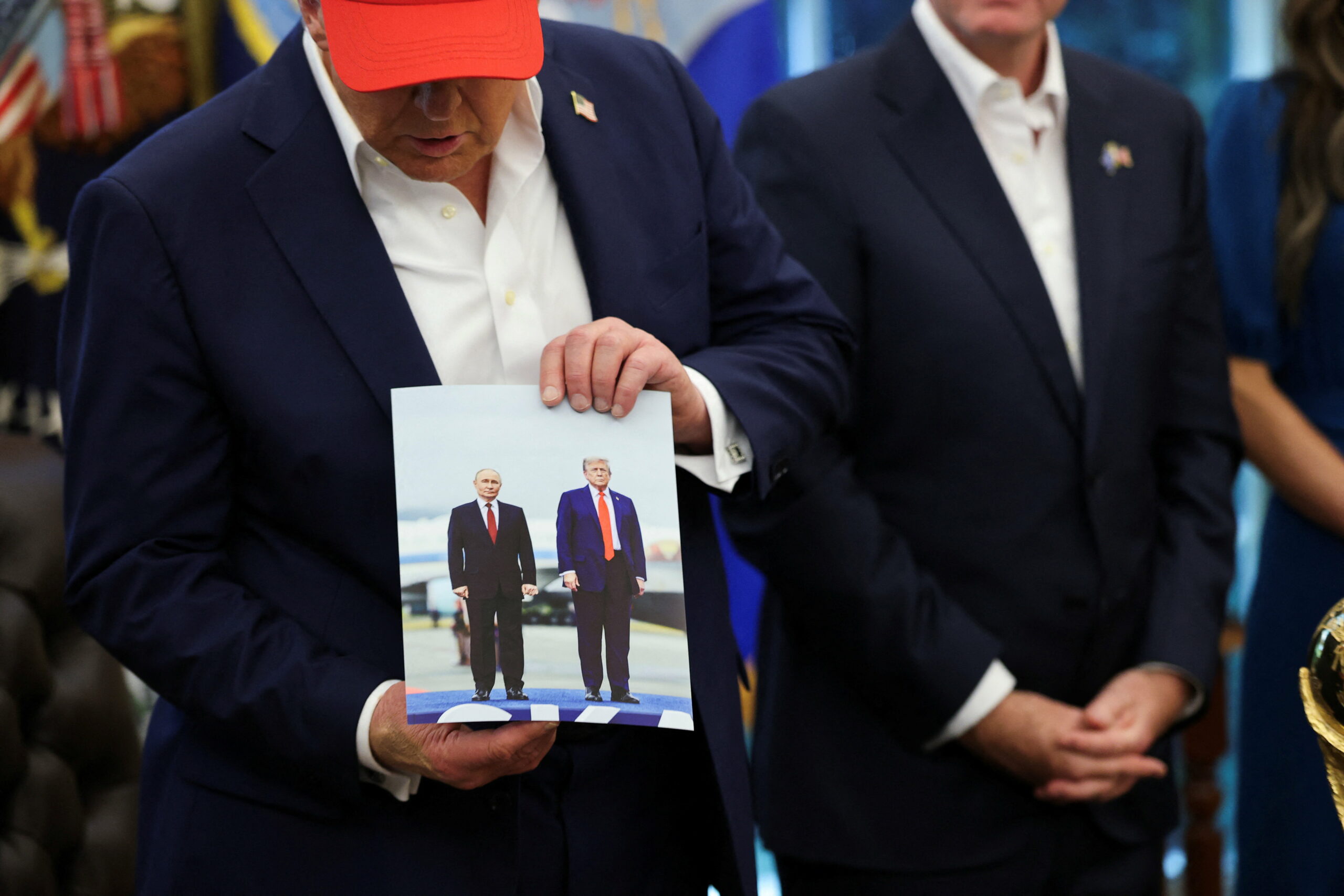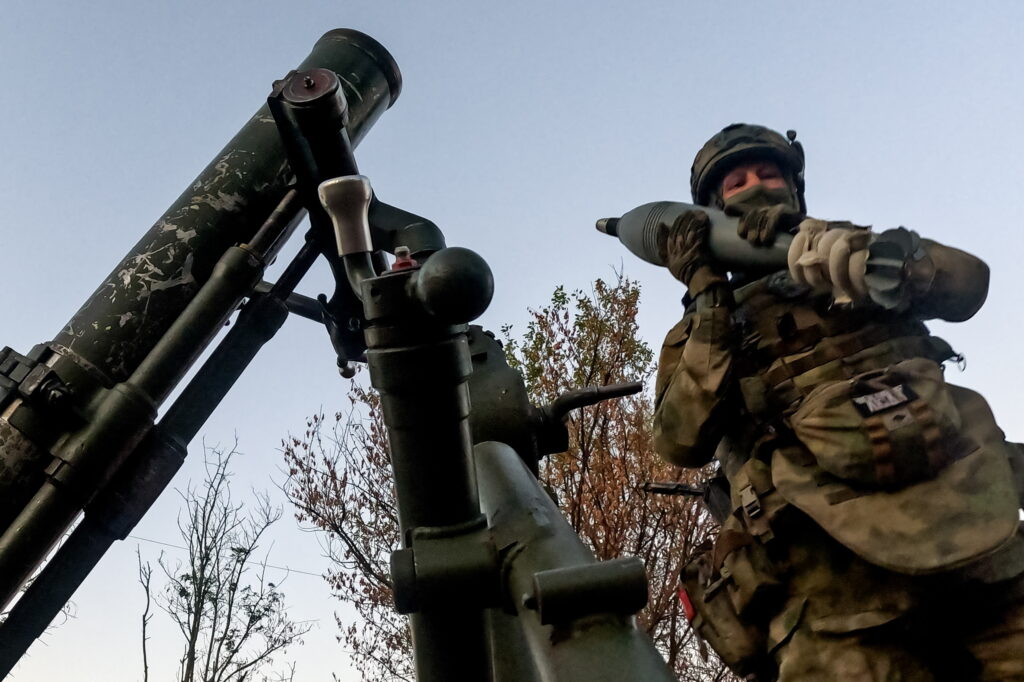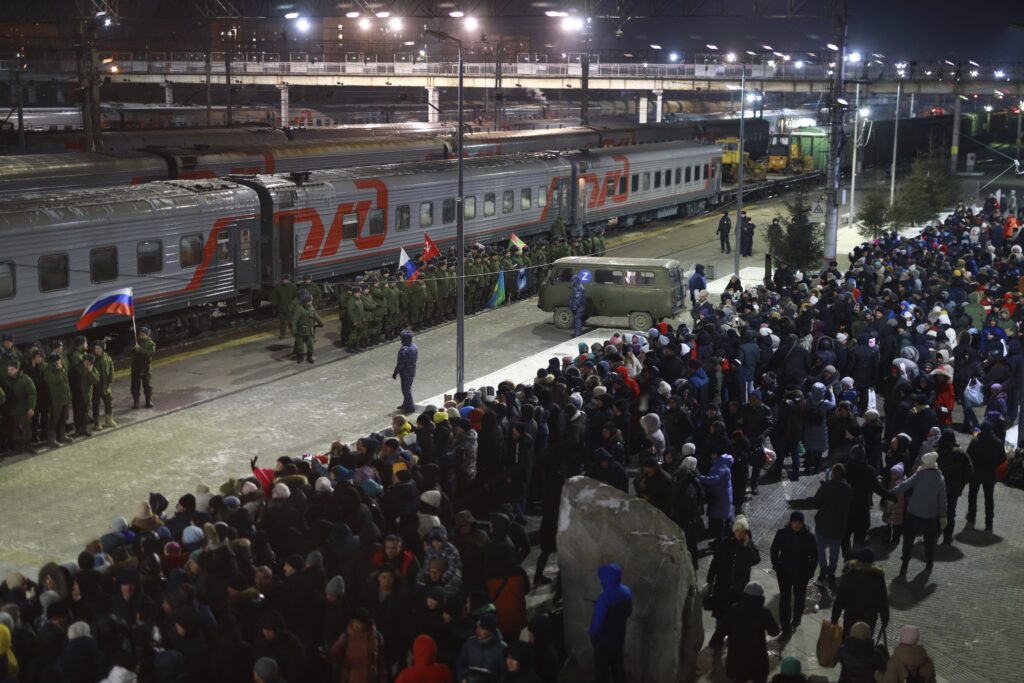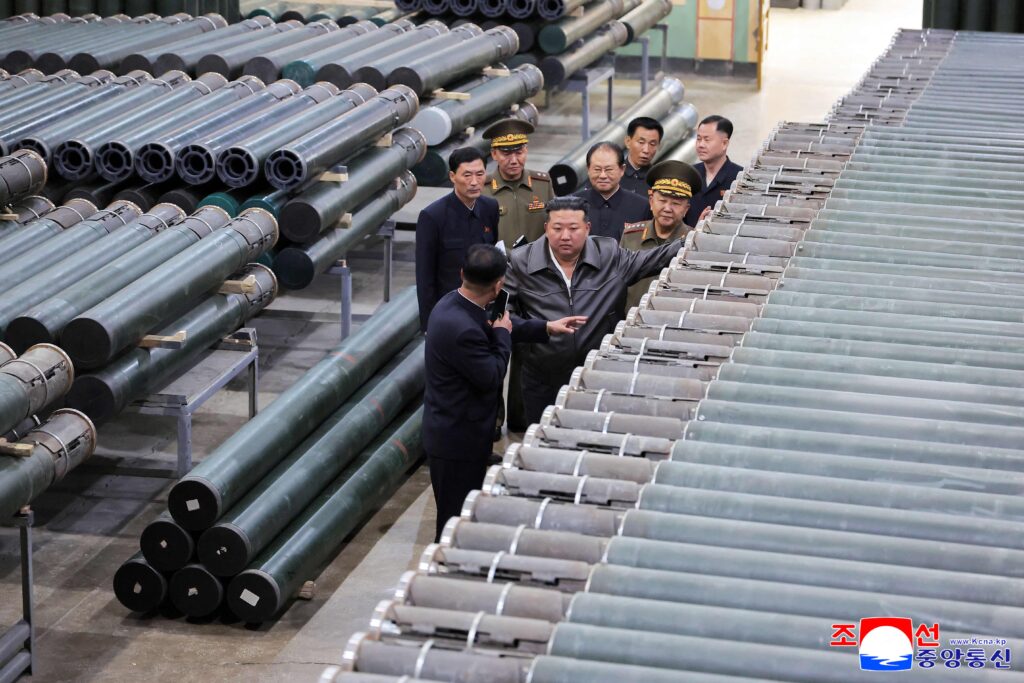When people think about a full-fledged military conflict between Russia and the West, they usually weigh up the military, political and technical potential of both parties. Since this comparison is not in Russia’s favour, except for nuclear weapons, the conclusion is that the Kremlin is not actually ready to fight a real war, and does not intend to do so. Besides, since the early 1960s everyone has known that there are no winners in a nuclear war.
But for the last several years, not only have the Russian authorities entertained the possibility of a major war (which is mentioned in their doctrines), but they have also been stocking up the resources needed to survive such a war. Along with its rearmament programme and upgrading of the secret services’ capabilities, the most important assets are a working mechanism for mobilising the economy and war-resistant systems of management and communications.
Readiness for mobilisation
Mobilisation of the economy was one of the Soviet authorities’ main concerns during the Cold War. Not only did it prepare reserves of manpower; it also created stocks of arms and military hardware, ammunition and fuel for rapid deployment of an army of millions. Industrial enterprises stored large amounts of raw materials in preparation for war. They also had equipment in stock that could produce goods for the military in wartime. All was centrally managed. In the absence of a market economy and private initiative, the USSR had no other means. By comparison, the American approach to mobilisation of industry was based on the private sector, competition and standardisation of technologies, which proved more effective.
Post-1991, the idea of economic mobilisation, which essentially implied subordination of all economic activity to the military authorities, should have become an anachronism. However, the Law on ‘Mobilisation and Readiness for Mobilisation in the Russian Federation’ was adopted in 1997. This was because the Russian armed forces maintained Soviet organisational principles. Under this law, even privately owned manufacturing facilities were expected to be ready to mobilise. They were not entitled to refuse mobilisation contracts (tasks), for which the government would reimburse them at its own discretion. This approach was also stipulated in the 2000 military doctrine. However, in practice, these provisions were implemented poorly, or not at all. Back in the early 2000s, the state started to officially phase out mobilisation tasks.
A reversal happened around 2010, when the Kremlin started paying close attention to the economy’s readiness for war. This was reflected in the 2010 military doctrine. The chapter on readiness for mobilisation of industry and the system of stocks of raw materials, equipment and food covered 12 articles (almost a quarter of the document). Ten years earlier, just five articles were devoted to these issues (barely a tenth of the document). The document adopted in 2014 has similar proportions to the 2010 one.
At the same time, economic nationalisation was in full swing, alongside an increased focus on military methods of governance. This was due to the open confrontation with the West. But it was also a result of degrading political institutions. So, as in Soviet days, the economy’s readiness for mobilisation became one of the Russian authorities’ main concerns. Following the ‘Zapad-2017’ drills, Putin announced that Russian enterprises should be ready to increase production volumes ‘when required’ so as to secure defence and security.
The current confrontation and warfare methods differ from those of the Soviet Union. Objectively, the Kremlin does not need such a high level of militarisation of the economy. (It would probably be unable to reach its former level even if it wanted to.) Today the main reserves of resources and equipment are managed by the Federal Agency for State Reserves (Rosrezerv). The amount of reserves is classified, though there are some good indicators available.
There are at least 124 state-owned storage facilities in the Rosrezerv system, each with its own specialisation. They are located in many regions. But they are all connected to the rail network and positioned to supply troops on strategic routes, and ensure the sustainability of industry during hostilities. Rosrezerv storage facilities can be found on maps: in Perm and Novosibirsk Oblast, for example. In the event of natural disasters, aid to affected citizens is also provided via Rosrezerv storage facilities. Such help is sometimes provided abroad. Still, the main purpose of the stocks is war.
In 2017, the revamping of 49 Rosrezerv storage facilities was carried out. Seven new facilities opened (10 in 2016). All are financed under a 2013-2019 programme. Its total cost is approximately 134 billion roubles (nearly $2.6 billion at the average annual exchange rates over the past six years). The figure does not look that impressive against the backdrop of trillions of roubles earmarked for arms procurement during this period. But we must bear in mind that we are talking about the accumulation of relatively cheap goods: oil, metal ingots, vehicles, trucks, construction equipment and material, long-life food, etc. These reserves are to offset interruptions in supplies to the army, manufacturing facilities and local residents in the event of a big but short war.
Understandably, the authorities in Russia’s regions have also joined Moscow’s efforts. They take part in initiatives to increase readiness. Since the Kremlin does not actually distinguish between external and internal warfare, the Rosrezerv storage facilities are to provide local authorities with the means to sustain themselves in the case of protests, which might turn into civil war. In light of the above, mobile military armoured ATMs or bank offices make sense.
Strategic system of management and communications
Since the 2000s, the Kremlin has sought to modernise its management and communications infrastructure. This would enable the authorities to survive a major armed conflict. The nuclear forces command centre in Kytlym in the Ural Mountains is of interest here. It is true that construction of another peculiar object, presumably a bunker under Mount Yamantau in the vicinity of the Mezhyhirya Closed Territorial-Administrative Facility in Bashkiria (the Southern Urals), is not yet completed. (And it may never be.) The Construction Department No. 30 and Directorate No. 10 of the Arkhey research and manufacturing association run this project.
In 2009-2014, the Kremlin obtained four Tu-214SR communication relay aircraft. A fifth is being manufactured. Moreover, the Russian leadership has four Tu-214 airborne command posts. Over the past five years, the Russian Federal Security Service was equipped with two airborne command posts, a Tu-214VPU and an Il-96-400VPU. The Russian military have at least one Il-96 airborne command post. Another five similar aircraft are at the disposal of Putin as commander-in-chief. All this is added to the aircraft top Russian officials fly during their official trips. The justification for such a high number includes technical reasons. Handling services are time-consuming. It may seem that in the case of a major conflict, the Russian government intends to live in the air instead of in a shelter.
In 2014, the Russian military launched the National Defence Management Centre in Moscow; it includes not only the armed forces but also central and regional government bodies. In 2016, they established a closed electronic network with no connection to the internet. Taking into account that the network is set within the infrastructure of the state-owned Rostelecom IT company, one can assume that it can also connect civilian public users. Out of 77 Russian communications satellites, 44 belong to the military, 12 form the Gonets state-owned satellite communications system while another four are owned by Gazprom. Apparently, the incumbent Russian government owns a complete communications infrastructure which is to support the monopoly on power under any circumstances, in any conflict.
It is also noteworthy that the Kremlin is not laying down its arms in the fight against unauthorised access to the internet by Russian citizens. A monopoly on power is impossible without a monopoly over communication with the outside world. The high level of autonomy of the Russian system of governance and communications gives Moscow the impression that it can continue to raise the stakes in its confrontation with the West. Even if the confrontation leads to economic collapse in Russia, the authorities will still have the resources at hand to subordinate the Russians and survive. Given its lack of economic, political or intellectual advantages in today’s world, the Kremlin is betting that the West will be short of the resources and will to force it to surrender.
